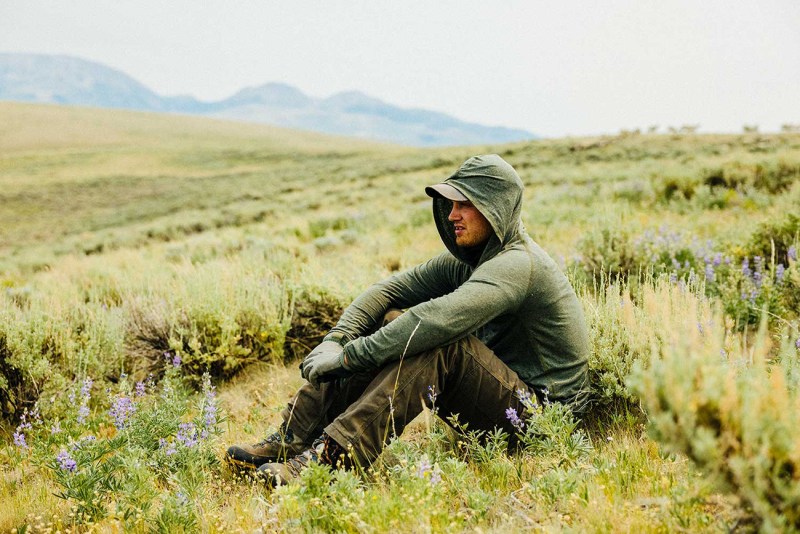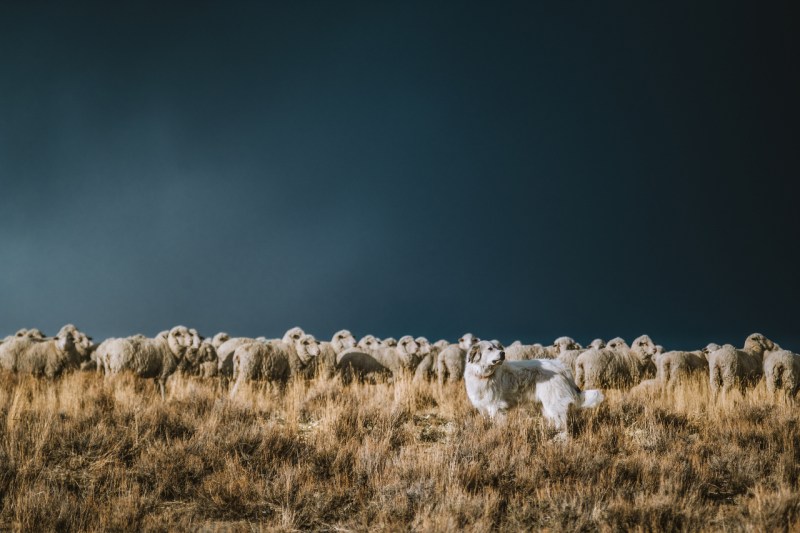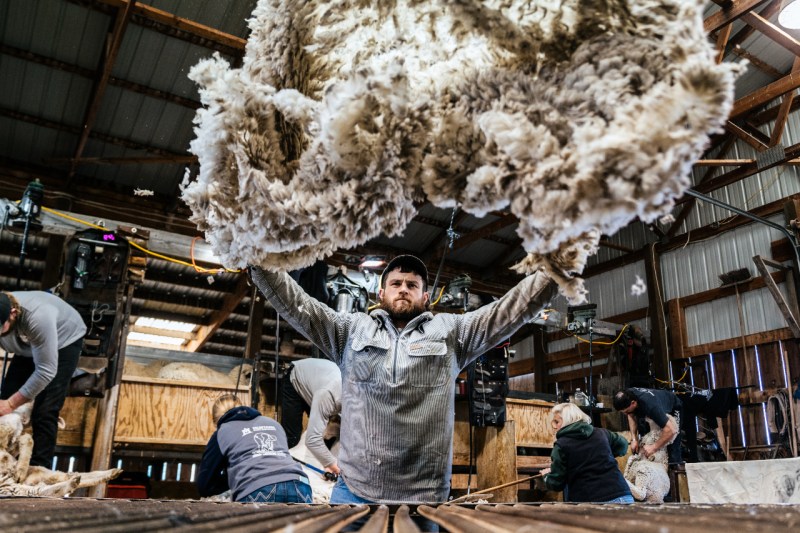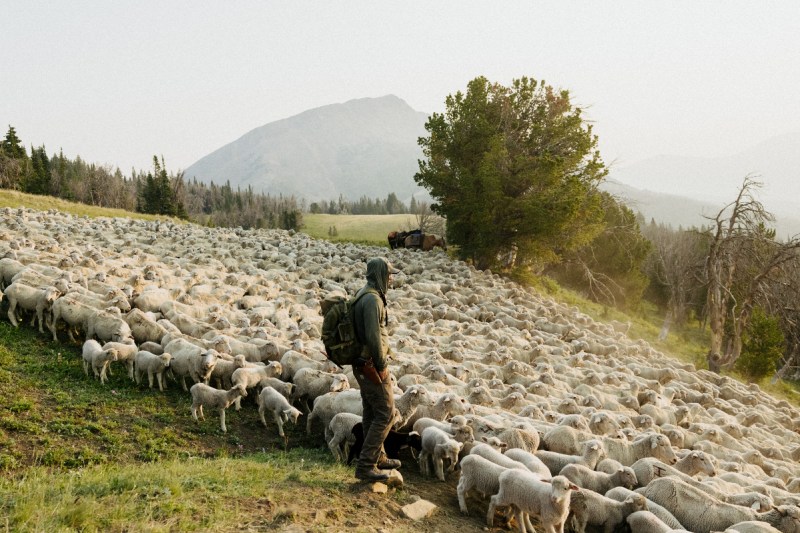
Wool is one of the oldest materials that humans have relied on. But it has often gotten a bad rap for being scratchy and itchy when worn directly against the skin. It seems these days, most people only really opt for merino wool, and in particular when it is used in hiking socks, because great wool can do some pretty incredible things. It can wick sweat to prevent blisters from boots and it naturally eliminates odors. Wool can also be incredibly warm or cooling depending on the weight and style of the garment. That’s why Duckworth Co.
Related Guides
“Just taking a look at history, for 10,000 years, people have been wearing wool and surviving with wool without the modern amenities that we have nowadays with air conditioning, heating, and all the stuff that we have to keep ourselves comfortable and to survive. For the human race, clothing is how we survive,” John Halle, a Duckworth co-founder, told The Manual. “You look at my grandparents and our ancestors who came out here and even Lewis and Clark came out here in 1805, 1806 with nothing but leather and wool and maybe some linen and cotton to survive with, but they couldn’t go to the nearest store and buy a pair of socks or whatever. They had to have everything with them to survive for a couple of years out here. And they wouldn’t have been able to do it without wool,” he added.
Halle has a stronger connection to the wool industry than most. He is the fourth generation of his family to become a sheep rancher in Dillon, Montana, and his sons are the fifth working alongside him. For the Halles, wool is about sustainability, from the animals and the land they live on to how their products are made and how much they make. “Essentially, the mission here was to create a 100% American-made line of products made with a premium Montana-grown wool,” said Duckworth Co. Operations Director Michael Roecklein.

The Halle family has been ranching the same 100,000 acres stitched together between private and public lands for generations. And historically, the Rambouillet-Merino sheep the Halles raise graze across those lands and scale its mountains. However simple this may sound, there are actually decades of technology and development behind the care Duckworth sheep receive. And it’s all to create the best and softest wool — the antithesis of that scratchy sweater laying in the back of your closet.
“The Rambouillet-Merino is actually a crossbred variety between the Merino sheep of Spain and the Rambouillet sheep of France, and essentially the Helles have taken what are largely known as superior genetics within the sheep world and then enhanced them even further, shaping them not only with John Halle and his son, Evan, but with the most cutting-edge technology to really enhance the genetics of these sheep,” Roecklein said. “The genetics are also shaped in part by the landscape of Montana.”
Roecklein explained that sheep who live “a simple life” because they do not need to work quite as hard for survival ultimately produce itchy wool. The excess energy they have from grazing is stored in the hair turning into a course, thick and stiff material. That’s why Halle Ranch sheep live among the more challenging conditions of Montana’s landscape. The weather conditions include temperatures that range from negative 40 to 90 degrees Fahrenheit and mountain elevations between 5,000 and 9,500 feet according to Roecklein. They live off of Montana forbs, grasses and flowers to store up the energy they need to expend in order to survive such harsh conditions. Instead of being deposited and stored in their hair, Halle sheep use the energy they consume to keep warm and function. What that means for their wool coat is that is becomes finer, softer and more crimped — which means the hot air the body produces is trapped in the fiber itself. “That, of course, is then rendered into our products when you clip these animals that have built up this very natural, almost shield to a wide range of environments and climates. And we’re able to harness that when we weave it into our clothing,” Roecklein said. That’s why so much of what the Halles do and need for their operation focuses on the genetics of the sheep.
While the genetics and sheep behind Duckworth products are incredibly impressive, the next step in their sustainability efforts, achieved in manufacturing their textiles, is also quite a feat. “One of the things we set out to do was to revitalize that American-made textile industry and American-made supply chain,” Roecklein said. To accomplish that, the company has developed partnerships with other Americans, to keep their traditions alive. Duckworth called on other areas of the U.S. that have a heritage of textile production to produce their streamlined collection. That means after the sheep are sheared and the wool comes off in one piece, it is sent to New England, the Midwest, and the Southeast to be spun, dyed, and turned into an array of socks, shirts, jackets and more. This helps cut down on carbon emissions while giving Americans jobs. That’s why Roecklein believes there are “a lot of ethical benefits built into having an American-made supply chain.”

Alongside its made-in-America ethos, the seven-year-old clothing brand has a big-sky view of the much larger picture. Duckworth recognizes the impact of its supply chain choices and its use of a renewable, biodegradable fiber, but the company is far from the sort of fast fashion that makes plastics to create single-season apparel. “These products are built to last; they’re durable. These are meant to be heritage pieces that you might pass down,” Roecklein said. “And if it can survive the rigors of a Montana ranching operation, it can certainly survive what most people throw at it.”
But the Duckworth Co. operation also goes by the saying, “Stewards of the land.” The Halles know that the land can only sustain so many sheep, which is why they keep their herd and overall production comparatively small. “If you were to go out and say, triple, quadruple the number of sheep in any given year just so that you can make a quick buck, you will see that lands get destroyed and are not producing the same way for the next couple of decades,” Roecklein said. That clearly would take a toll on the longevity of the business and the land.

“I’m sure that he wants to see his family and his descendants be able to work in a similar fashion and rely upon the land for generations to come,” Roecklein added, which doesn’t seem to be a stretch for a family whose livelihood has depended on the land for some 90 years as Halle told The Manual. “We’re not interested in forcing the brand to become the next Patagonia or Osprey or whatever, we’re just here to try and develop something that the consumer wants and needs, and do it in a sustainable way that all we can build a business model around,” Halle said.
It would seem with the care and attention the family gives their longstanding trade that the company is well on its way to doing just that. With products shipped directly to customers all over the U.S. as well as inside Schnee’s, an outdoor apparel store in historic Bozeman, Montana, Duckworth Co. is readily available to customers so long as you’re not shopping in the aisles of REI. Duckworth Co. is the perfect balance of old-school craftsmanship and ethical consumerism that’s become a shopping standard for millennials and others alike.


